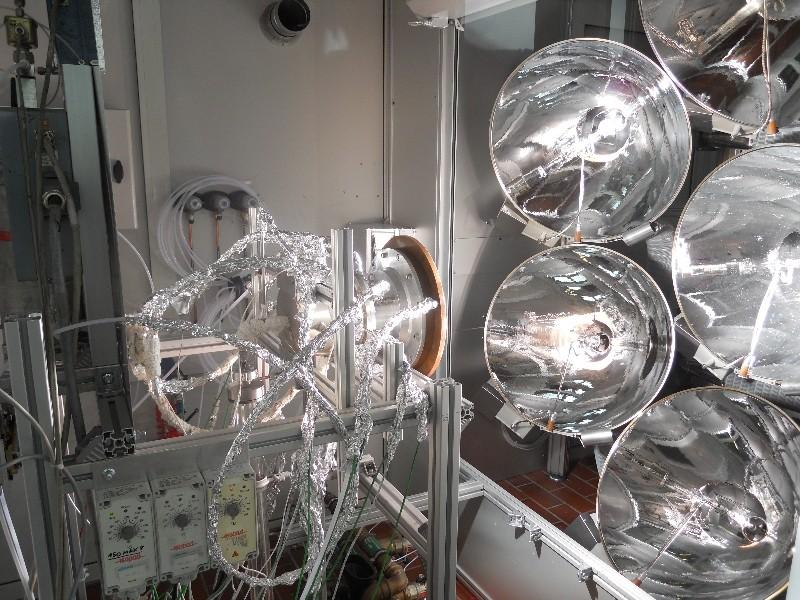Jet fuel recipe: water, CO2, add sunlight

date: 01/12/2015
Project: Solar chemical reactor demonstration and...
acronym: SOLAR-JET
See also: CORDIS
The production of a renewable aviation fuel using sunlight, water and CO2 is technically and commercially possible, according to research completed by the EU-funded SOLAR-JET project.
The project demonstrated the entire production path to liquid hydrocarbon fuels from water, CO2 and solar energy. In April 2014 the project was able to produce a glassful of kerosene in a laboratory experiment.
Key to the process is a solar reactor that had previously been developed at ETH Zurich in Switzerland. The project used concentrated light in the lab to simulate sunlight and generate the heat required to run the process.
Since this milestone and up to the end of SOLAR-JET in October 2015, the project’s partners have been making a second-generation reactor and have improved the two-step process to achieve higher production efficiency.
Future research on the approach will need to further increase production efficiency and scale up the equipment, says project coordinator Andreas Sizmann of Bauhaus Luftfahrt in Germany.
“We have evaluated the potential for greenhouse gas emission reduction and have found that the process can make fuel with a very low carbon footprint,” he says.
SOLAR-JET’s work is one step, an important one, in a long research and development process, he cautions. Subsequent projects will seek to scale up the technology. There are milestones to reach along the way before investment in large-scale commercialisation of the technology is justified.
Advances made to the process, including cost and production efficiency, are first necessary. SOLAR-JET’s projections for these factors indicate that with further development of the technology and processes, a first commercial production plant could be feasible in about 15 years.
The solar reactor converts CO2 and water to 'Syngas'

© ETH Zurich
Related articles:
Award for SOLAR-JET - press release (in German)
‘Solar’ fuel holds sustainable energy promise
From sunlight to jet fuel: EU project makes first "solar" kerosene
